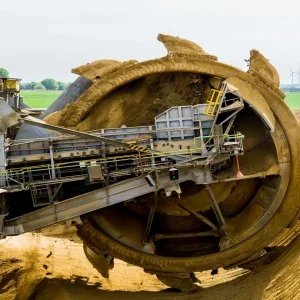Researchers at the University of Idaho have developed an alternative technique for radioactive waste reprocessing that they say generates only 1 per cent of the waste and is two-thirds the cost of conventional methods.
Instead of dissolving the fuel in nitric acid, the process uses CO2 at supercritical temperatures. Supercrit-ical fluids exist between the gas and liquid states, with some of the properties of each. The key to the process is a complex that forms from the unused uranium dioxide fuel and a chemical based on a solvent called tributyl phosphate (TBP). This complex dissolves in the supercritical CO2. The same goes for plutonium dioxide, used in MOX fuel.
The fission products that gum up the fuel rods do not react with the TBP compound, and get left behind when the uranium-TBP and plutonium-TBP dissolve in the CO2. This action creates a relatively small volume of waste compared with that produced by conventional reprocessing, and it can be filtered out. In addition, uranium oxide will dissolve in a small volume of supercritical CO2, compared with the amount of nitric acid that would be needed. The solution containing uranium and plutonium is transferred to a low pressure vessel where the CO2 evaporates, leaving behind the uranium-TBP and plutonium-TBP. There is no huge volume of radioactive liquid to deal with, and the uranium dioxide and plutonium dioxide can then be liberated from the TBP complex. It has been found that blasting the uranium with ultrasound makes it dissolve 10 times faster.
The pressures needed to operate a supercritical reprocessing plant are no higher than those commonly used in nuclear reactors. The Japanese government has set aside $4 million for a project designed to assess the commercial viability of the new process.






